8 Human-Animal Encounters That Went Horribly Wrong in 2017
Bad decisions
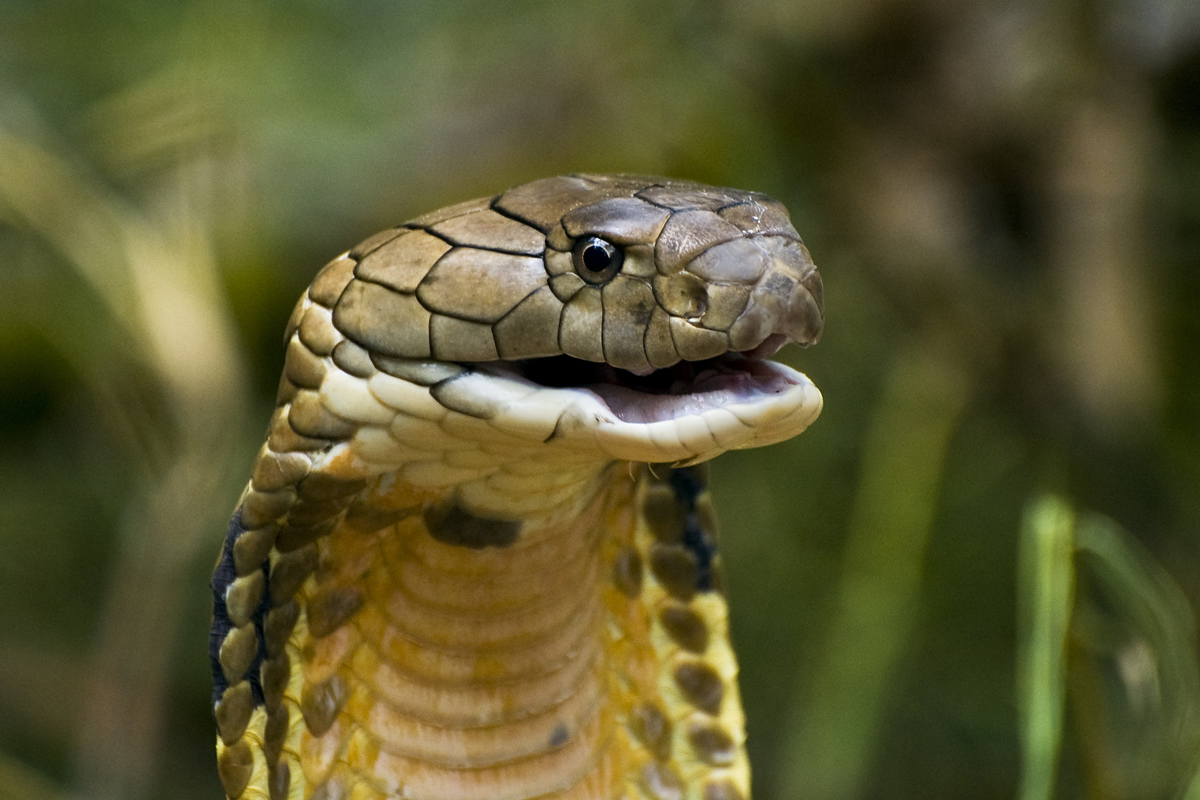
Taking selfies near large and dangerous wildlife. Toying with snakes. Fighting bedbugs with fire.
Sometimes when people interact casually with animals, their behavior is inappropriate, deliberately provocative, ill-informed or careless, and this can have catastrophic or even deadly consequences. The outcomes of such encounters — which often result in people or animals suffering injury or even death — seem all the more tragic because they could have easily been avoided, had the human participants practiced a little more common sense.
Here are some of the unfortunate confrontations between people and animals that were in the news in 2017.
Gored by an elk
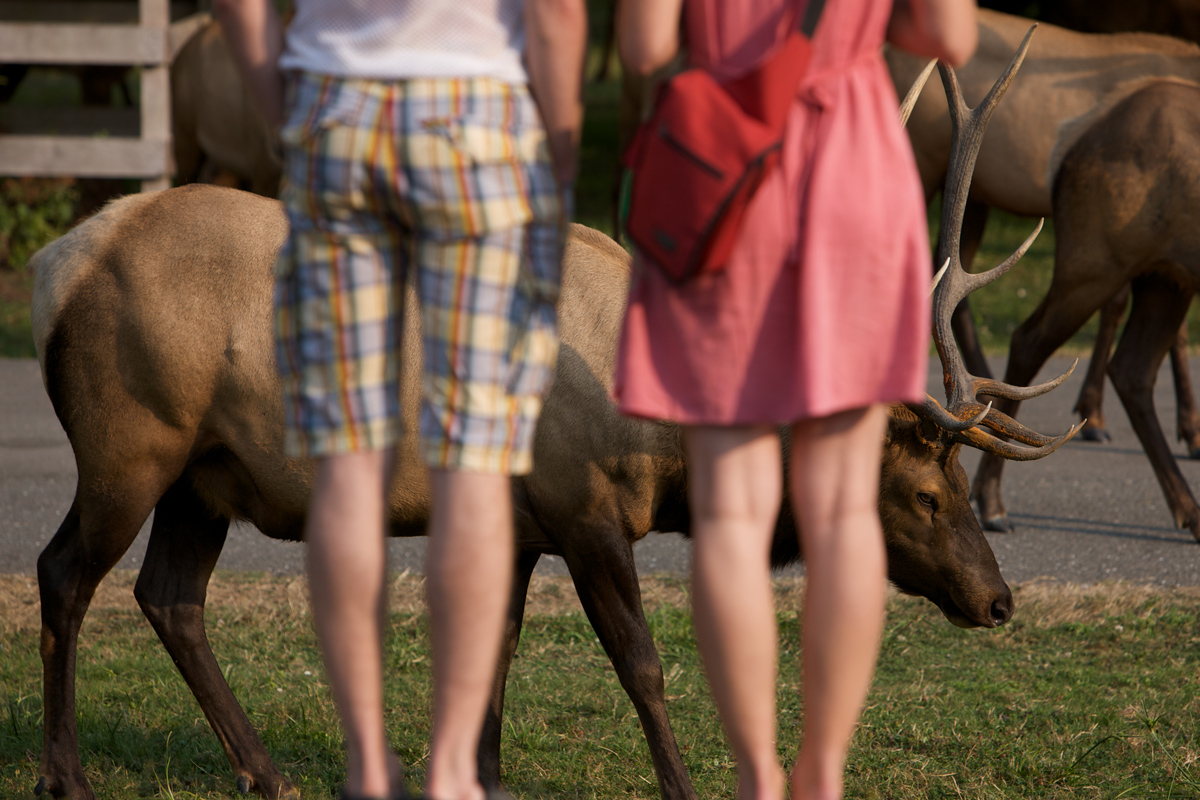
A woman was gored by a bull elk in Missouri's Lone Elk Park on Oct. 8, while walking among the park's herd of 17 animals and taking selfies with three other people, the St. Louis Post-Dispatch reported. The group approached close to the herd, despite signs warning visitors to stay at least 100 feet away from the elk; a nature photographer nearby watched the scene unfold as the dominant male bellowed a warning and then charged, according to the Post-Dispatch.
Elk (Cervus elaphus) are one of the largest members of the deer family, second only to moose in height and heft. Adult males can measure up to 9 feet (3 meters) long and weigh as much as 830 pounds (376 kilograms), according to the Missouri Department of Conservation.
The elk's horns connected with the woman's arm, and she was bleeding after the encounter, the Post-Dispatch reported.
A pet's deadly bite
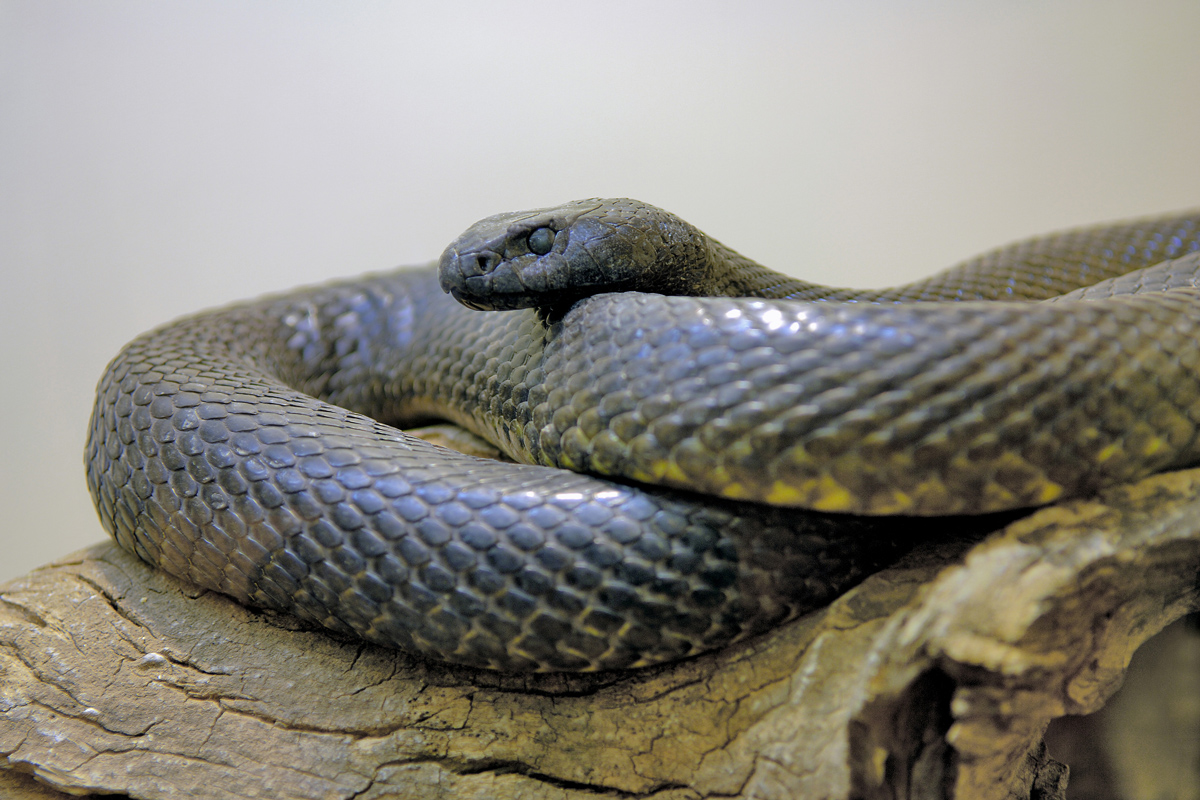
In Australia, a teenager nearly died after he was bitten by a pet snake on Nov. 7, while returning the serpent to its enclosure. The snake, an inland taipan (Oxyuranus microlepidotus), is native to Australia and is recognized as one of the world's most deadly snake species.
Though the snake was a pet, it was an exceptionally dangerous one. Inland taipan feed almost exclusively on mammals, so their venom has evolved into a cocktail that is uniquely effective on the mammalian body, making it exceedingly toxic to all mammals — including people, Live Science previously reported.
Kissing a fish
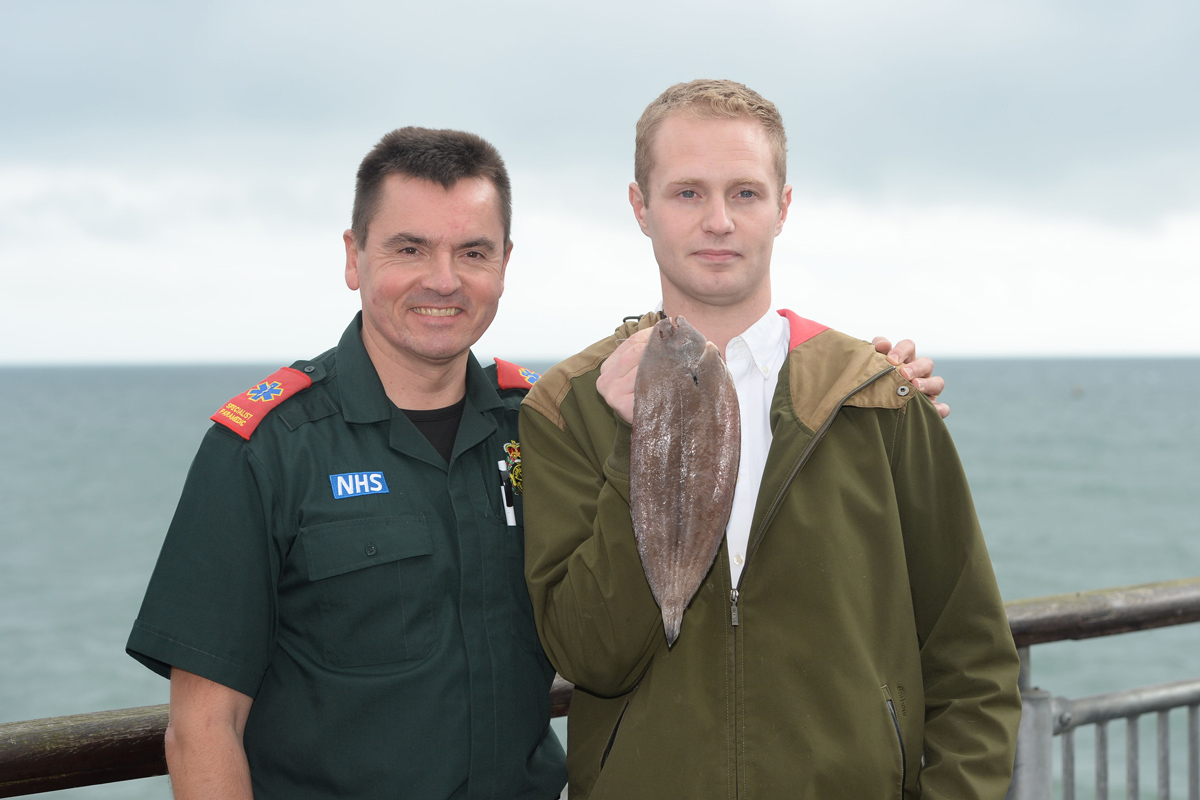
A local fisherman's tradition of kissing the first catch almost ended a man's life on a pier in Bournemouth, England, on Oct. 5.
When the man tried to kiss the fish — a 6-inch-long (14 centimeters) Dover sole — it wriggled out of his hands and jumped down his throat, lodging in his windpipe. By the time paramedics arrived on the scene, the man had stopped breathing and was in cardiac arrest, but the emergency responders were able to extract the fish and restart his heart after several minutes.
Face-biting boa

When a boa unexpectedly sank its teeth into a woman's nose and wrapped its body around her neck, firefighters that were called to the scene were unable to remove the snake and were forced to decapitate it, Live Science reported on Aug. 1.
During the incident, which took place in Sheffield, Ohio, on July 27, the woman tried to remove the snake herself, but eventually had to call 911 for help, and she was lying in her driveway when the firefighters arrived. "It was wrapped around her neck and biting her nose," Sheffield Lake Fire Chief Tim Card told the Elyria Chronicle-Telegram. "They had to cut its head off with a knife to get it to let go," Card said.
This behavior is highly unusual for boas, and likely occurred because the woman held the snake up to her face, experts told Live Science.
Crushed by an elephant
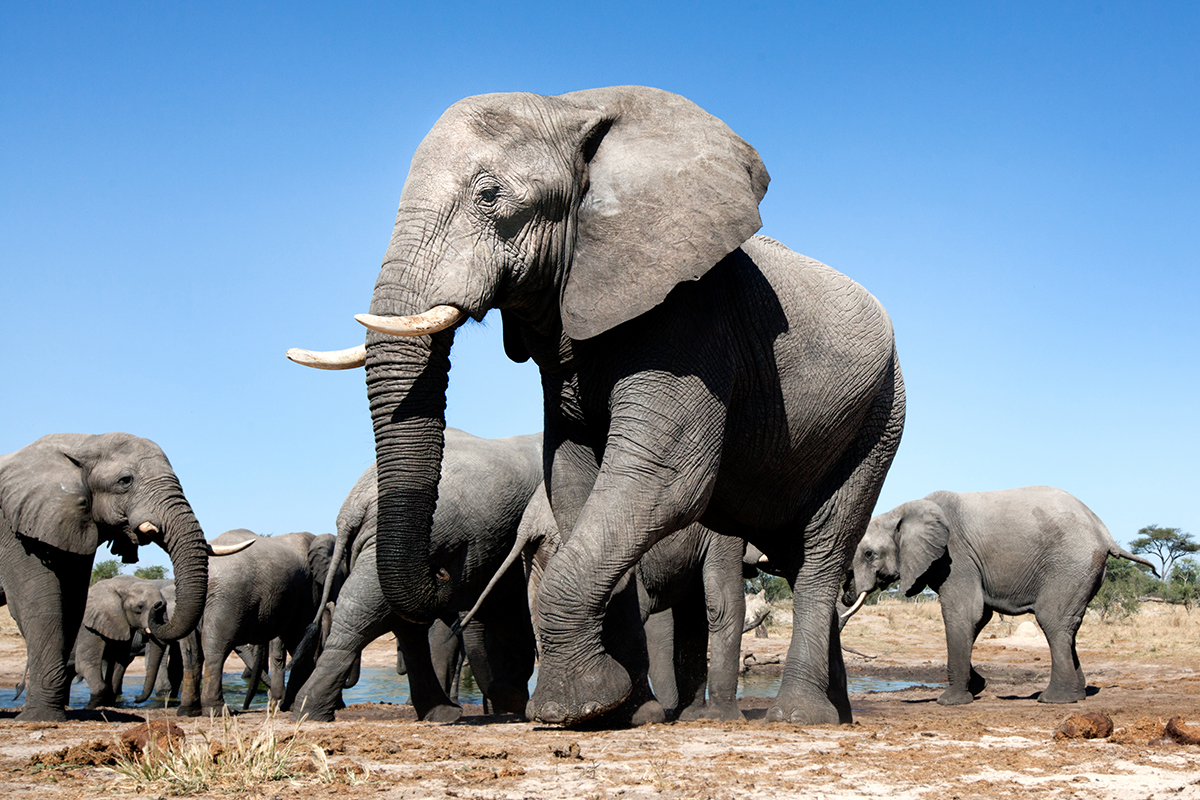
A safari leader and big game hunter was killed by an elephant in Zimbabwe, after it was shot by a member of his hunting party.
On May 19, the group surprised a breeding herd of elephants at the Good Luck Ranch near Zimbabwe's Hwange National Park, and three female elephants charged at the hunters. The safari leader shot at the charging females, but a fourth female grabbed him and lifted him with her trunk. When another member of the party shot the elephant, she fell on the safari leader and crushed him to death.
Grabbed by a sea lion
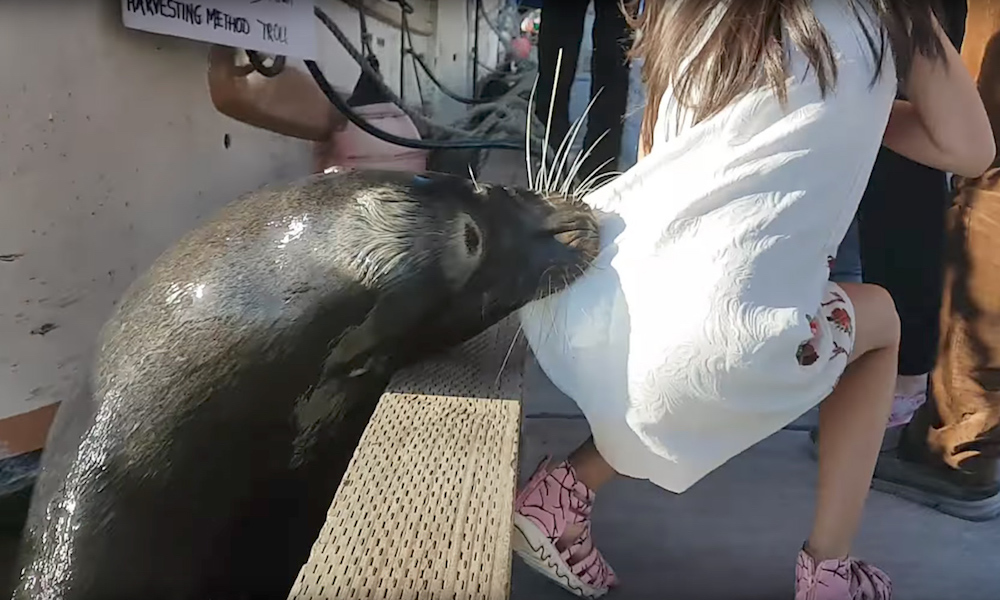
A young girl was swiftly and unexpectedly yanked off a wharf in British Columbia, Vancouver, when a sea lion grabbed the hem of her dress and pulled her into the ocean. The moment was captured on video and posted to YouTube on May 20. The video shows the girl crouching by the edge of the dock while the sea lion swims close by, perhaps lured by people beckoning it, pretending to have food.
The animal released her almost immediately, and seconds later an adult jumped into the water and pulled the girl to safety.
Likely, the sea lion mistook her dangling dress for something edible, Andrew Trites, director of the Marine Mammal Research Unit at the University of British Columbia, told Live Science.
"I don't think it was a sign of an animal being aggressive or trying to harm the child," he said.
Death of the "Cobra King"

The so-called "Cobra King" of the Philippines built a reputation upon his affinity for snakes, and frequently treated himself after being bitten. But on Dec. 2, while the man was removing his pet cobra from a storage box on his motorcycle, the snake bit him on the hand. The "Cobra King" allegedly cut off the snake's head and drank its blood, and then died shortly thereafter, Oddity Central reported.
However, it is unlikely that drinking the snake's blood contributed to the man's death, as snake blood does not contain the toxins found in their venom. Most likely it was the snakebite itself and failure to seek treatment that killed the "Cobra King," according to Oddity Central.
Burning down the house

There are a number of proven methods for safely ridding a house of bedbugs. Setting a fire is not one of them, but when a Cincinnati woman tackled a bedbug problem with rubbing alcohol on Dec. 8, she accidentally started a fire in her multi-family home, injuring three people and leaving 10 people homeless, WKRC Cincinnati reported.
This was the second such incident in Cincinnati in two weeks — on Nov. 28, a teenager also inadvertently started a fire in his apartment after trying to kill a bedbug with alcohol. The district fire chief had three words of advice for people tempted to rid themselves of bedbugs with fire: "Get a professional," according to Ohio news outlet FOX19.
Sign up for the Live Science daily newsletter now
Get the world’s most fascinating discoveries delivered straight to your inbox.

Mindy Weisberger is an editor at Scholastic and a former Live Science channel editor and senior writer. She has reported on general science, covering climate change, paleontology, biology and space. Mindy studied film at Columbia University; prior to Live Science she produced, wrote and directed media for the American Museum of Natural History in New York City. Her videos about dinosaurs, astrophysics, biodiversity and evolution appear in museums and science centers worldwide, earning awards such as the CINE Golden Eagle and the Communicator Award of Excellence. Her writing has also appeared in Scientific American, The Washington Post and How It Works Magazine. Her book "Rise of the Zombie Bugs: The Surprising Science of Parasitic Mind Control" will be published in spring 2025 by Johns Hopkins University Press.










